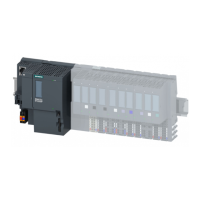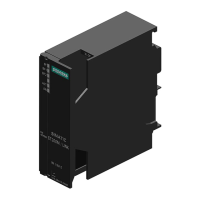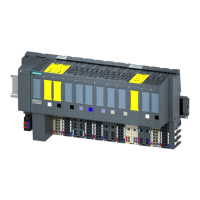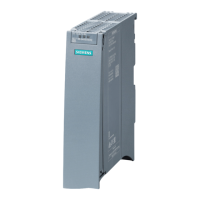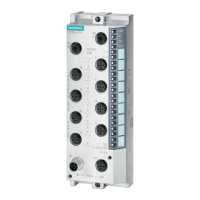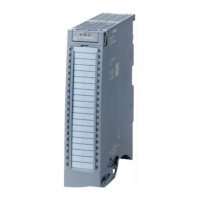Basics of program execution
5.3 Asynchronous instructions
CPU 1516pro-2 PN (6ES7516-2PN00-0AB0)
54 Operating Instructions, 09/2016, A5E35873416-AA
Relationship between REQ, STATUS/RET_VAL, BUSY and DONE during a "running" job.
1
First call
1
Error code (e.g. W#16#80C3 for lack of resources) 0 0 1
2 to (n - 1) Intermedi-
Not
W#16#7002 1 0 0
n
Last call
Not
relevant
W#16#0000, if no errors have occurred. 0 1 0
Error code if errors occurred. 0 0 1
Asynchronous instructions use resources in the CPU during their execution. The resources
are limited depending on the instruction; the CPU can simultaneously process only a
maximum number of asynchronous instruction jobs. The resources are available again after
a job has been processed successfully or with errors.
Example: For the RDREC instruction, a CPU 1516pro-2 PN can process up to 20 jobs in
parallel.
If the maximum number of simultaneous jobs for an instruction is exceeded, the instruction
returns the error code 80C3 (lack of resources) in the block parameter STATUS. The
execution of the job is stopped until a resource becomes free again.
Note
Lower-level asynchronous instructions
Some asynchronous instructions use one or more lower
-level asynchronous instructions for
their processing. This dependence is shown in the tables below.
Please note that with multiple lower
-level instructions, only one lower-level resource is
pically allocated at a time.
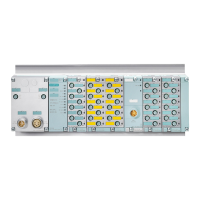
